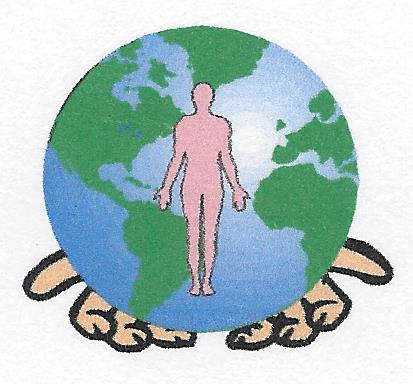Calcium ions are a crucial component in the contraction of muscles, particularly in the sarcomere. This tiny unit is responsible for muscle contraction and is made up of two primary components: thick filaments (myosin) and thin filaments (actin).
When a muscle is at rest, calcium ions are stored in the sarcoplasmic reticulum, which is a specialized organelle within muscle cells. However, when a muscle is stimulated, calcium ions are released from the sarcoplasmic reticulum and into the cytoplasm of the muscle cell.
Once in the cytoplasm, calcium ions bind to a regulatory protein called troponin, which is located on the actin filament. This binding causes a conformational change in the troponin-tropomyosin complex, which exposes the myosin-binding sites on the actin filament.
Next, myosin heads, which are located on the thick filaments, can now bind to the actin filament and begin the cross-bridge cycle. This cycle involves the myosin heads pulling on the actin filaments, which causes the filaments to slide past one another. The result is muscle contraction.
It is important to note that without calcium ions, the myosin heads would not have access to the actin filament, and the muscle would not be able to contract. Additionally, once the muscle has finished contracting, calcium ions are actively transported back into the sarcoplasmic reticulum, which allows the muscle to relax.
In summary, the function of calcium ions in the contraction of a muscle (sarcomere) is to allow myosin heads to bind to the actin filament, which triggers the cross-bridge cycle and ultimately leads to muscle contraction. Without calcium ions, this process would not be possible.


